19 February 2025

African scientists awarded the 2024 EMBL-UNESCO residencies share their experience in bioinformatics and virology, emphasising the power of connections and knowledge exchange.
CONNECTIONSPEOPLE & PERSPECTIVES
2025
connectionspeople-perspectives
21 January 2025
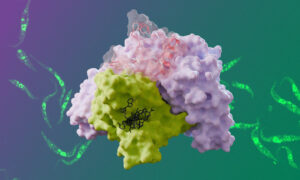
The Kowalinski group at EMBL Grenoble identified significant differences between the trypanosomal and human nuclear cap-binding complex, a key player in cellular RNA metabolism and a potential target for novel anti-parasitic drugs.
SCIENCE & TECHNOLOGY
24 October 2024
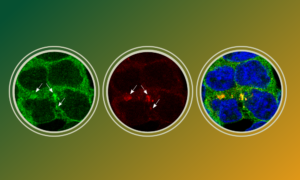
Scientists have discovered how the antiviral protein TRIM25 finds and binds viral RNA to activate an innate immune response.
SCIENCE & TECHNOLOGY
30 September 2024

EMBL-EBI and colleagues from other 11 institutes commit to pathogen data sharing project.
1 July 2024

EMBL and partners announce ‘Amplifying Funds in Infection Biology’ to foster interdisciplinary and collaborative research in infection biology.
EMBL ANNOUNCEMENTS
27 March 2024

The SARS-CoV-2 Data Hubs are a set of tools coupled with infrastructure that support four components: the submission, analysis, presentation and visualisation of SARS-CoV-2 raw read data, and its resulting analyses. What makes Data Hubs attractive is a unique set of features: A new publication in…
2024
updates-from-data-resources
18 March 2024

The first EMBL-UNESCO infection biology research fellows share observations after residencies with EMBL researchers.
LAB MATTERSPEOPLE & PERSPECTIVES
2024
lab-matterspeople-perspectivesperspectives
7 March 2024
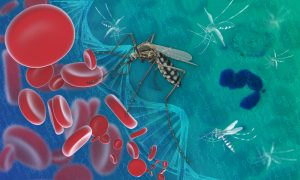
Plasmodium falciparum, a malaria parasite, uses gene conversion to produce genetic diversity in two surface protein genes targeted by the human immune system.
SCIENCE & TECHNOLOGY
2024
announcementssciencescience-technology
21 December 2023
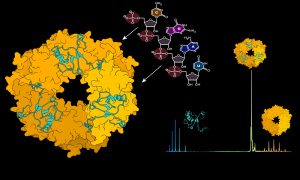
The Kosinski Group at EMBL Hamburg collaborated with other groups in Hamburg to reveal critical steps in Lassa virus ribonucleoparticle assembly and recruitment, and the crucial role played by RNA in in the Lassa virus life cycle.
SCIENCE & TECHNOLOGY
2023
sciencescience-technology
26 October 2023

Jan Kosinski, Julia Mahamid, and Georg Zeller have received grants to enable ambitious projects aimed at mapping the cellular protein synthesis machinery in context and understanding complex host-microbiome interactions, respectively.
EMBL ANNOUNCEMENTS
2023
embl-announcementsscience
10 July 2023
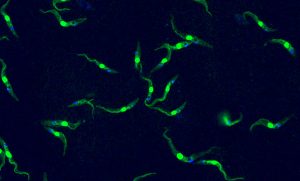
This single-celled organism the size of a dust particle is capable of causing deadly tropical diseases in both humans and livestock –Trypanosoma brucei, in an image by Luciano Dolce from EMBL.
LAB MATTERSSCIENCE & TECHNOLOGY
2023
lab-matterspicture-of-the-weekscience-technology
7 July 2023
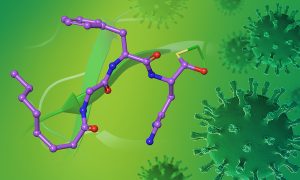
A collaboration between EMBL Grenoble and EBRIS scientists led to the characterisation of a new compound with promising activity against SARS-CoV-2 variants.
SCIENCE & TECHNOLOGY
2023
sciencescience-technology
5 July 2023

Enabling researchers worldwide to share and analyse pathogen data generated across the world
SCIENCE & TECHNOLOGY
2023
sciencescience-technologytechnology-and-innovation
3 March 2023

EMBL’s French site was highlighted in a short film presenting its expertise in structural biology research and services.
CONNECTIONSLAB MATTERS
2023
connectionslab-matters
20 December 2022

The first cohort study linking data across categories was recently added on the Pathogens Portal Cohort Browser and is also accessible from the BioSamples browser. This pilot study comes from Erasmus Medical Centre through the ReCoDID project, one of the COVID-19 Data Platform supporting…
2022
updates-from-data-resources
1 December 2022
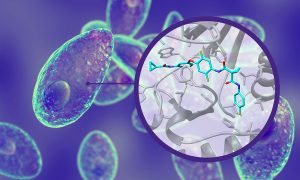
Recent studies supported by EMBL Grenoble’s expertise in structural biology research and scientific services have identified Altiratinib as a potential drug to stop toxoplasmosis infection and opened up treatment options against malaria.
SCIENCE & TECHNOLOGY
2022
sciencescience-technology
1 August 2022
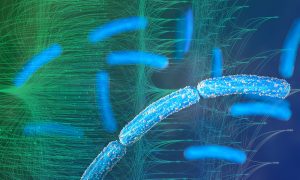
Machine learning has helped researchers uncover new insights into how bacteria infect host cells.
SCIENCE & TECHNOLOGY
2022
research-highlightssciencescience-technology
22 July 2022

Jan Kosinski, Group Leader at EMBL Hamburg and one of the co-chairs of the Infection Biology theme in EMBL’s new programme, chats about how this theme will support his work and help establish new collaborations.
LAB MATTERSPEOPLE & PERSPECTIVES
2022
lab-matterspeople-perspectives
7 June 2022

Pascale Cossart, one of the world’s foremost authorities on the biology of Listeria, brings four decades of expertise in intracellular bacterial parasitism to EMBL as a visiting scientist.
LAB MATTERSPEOPLE & PERSPECTIVES
2022
lab-matterspeople-perspectives
30 March 2022

John Lees joins EMBL-EBI as a Group Leader in Pathogen informatics and modelling.
LAB MATTERSPEOPLE & PERSPECTIVES
2022
lab-matterspeople-perspectives
23 March 2022

Zamin Iqbal and his team are working with researchers all over the globe to help put a stop to Tuberculosis
SCIENCE & TECHNOLOGY
2022
perspectivessciencescience-technology
4 March 2022

EMBL hosted a futuristic infection biology conference, but it offered even more: an opportunity for postdocs to share their work and network towards future research homes.
LAB MATTERS
22 December 2021

The memorandum of understanding (MoU) signed between EMBL and the Institute for Advanced Biosciences (IAB) a year ago has already catalysed new grants for joint research projects related to cancer and infection biology, thereby deepening collaborative activities.
CONNECTIONSLAB MATTERS
2021
connectionslab-matters
20 December 2021
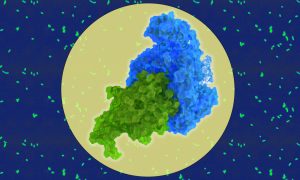
Using cryo-EM and structural biology techniques, EMBL researchers have shown how two proteins of Legionella pneumophila interact. This finding sheds light on a mechanism critical to the infection process and could lead to the development of new drugs to treat pneumonia.
SCIENCE & TECHNOLOGY
2021
sciencescience-technology
2 December 2021
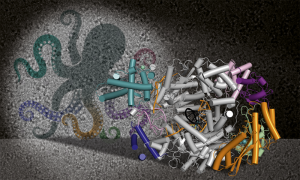
EMBL structural biology is part of an international collaboration addressing zoonotic disease caused by Lassa virus.
SCIENCE & TECHNOLOGY
2021
sciencescience-technology
15 October 2021
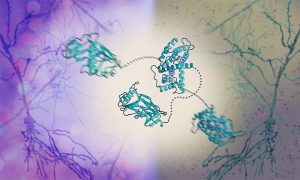
The Graham and Crump groups at the University of Cambridge and the Svergun Group at EMBL Hamburg have discovered a mechanism by which the herpes simplex virus takes control of the molecular machinery of human cells. Their work reveals how a dedicated viral protein hijacks key host proteins, forcing…
SCIENCE & TECHNOLOGY
2021
sciencescience-technology
7 October 2021

EMBL will host a conference to look at the state of the pandemic, lessons learned, and ways to improve pandemic preparedness. Here’s a sneak peek into what promises to be another interesting and informative EMBL conference.
SCIENCE & TECHNOLOGY
2021
eventsscience-technology
22 September 2021

EMBL and Helmholtz Association have signed a memorandum of understanding. The expanded collaboration of both institutions will focus on research related to health.
CONNECTIONSLAB MATTERS
2021
connectionslab-matters
7 July 2021
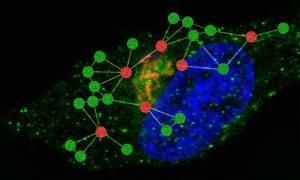
Research in the Typas group uncovers new details of the strategies Salmonella uses to survive in infected cells.
SCIENCE & TECHNOLOGY
2021
sciencescience-technology
25 June 2021
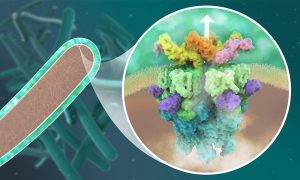
EMBL Hamburg’s Wilmanns and Kosinski groups have determined the detailed structure of a bacterial protein complex critical for tuberculosis infection.
SCIENCE & TECHNOLOGY
2021
sciencescience-technology
1 June 2021

EMBL and the Swedish Science for Life Laboratory sign agreement to advance science together.
CONNECTIONSLAB MATTERS
2021
connectionslab-matters
25 May 2021
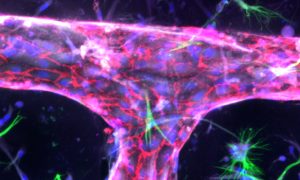
The Bernabeu Group aims to increase our knowledge of cerebral malaria, using in vitro engineered networks of human blood vessels and brain cells.
SCIENCE & TECHNOLOGY
2021
picture-of-the-weekscience-technology
21 May 2021
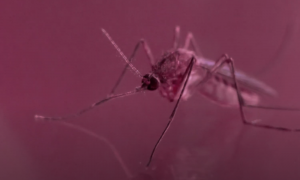
EMBL scientists support research on malaria by providing freely available data resources and using innovative experimental approaches. Our Course and Conference Office facilitates the exchange of knowledge in the field by hosting the annual BioMalPar conference.
SCIENCE & TECHNOLOGY
2021
sciencescience-technology
2 December 2020
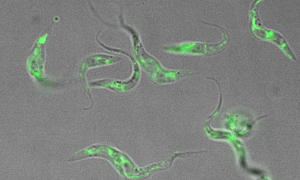
Members of the EMBL community are working to improve our understanding of the parasites that cause malaria and sleeping sickness
SCIENCE & TECHNOLOGY
2020
sciencescience-technology
10 November 2020
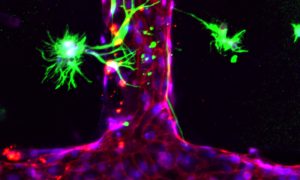
To help understand cerebral malaria the Bernabeu group has created in vitro engineered networks of human blood vessels.
SCIENCE & TECHNOLOGY
2020
picture-of-the-weekscience-technology
13 October 2020
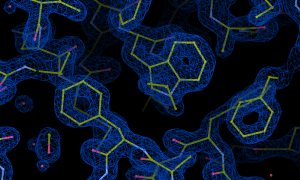
A group of scientists led by EMBL Hamburg’s Christian Löw provide insights into the molecular structure of proteins involved in the gliding movements through which the parasites causing malaria and toxoplasmosis invade human cells.
SCIENCE & TECHNOLOGY
2020
sciencescience-technology
17 July 2020

European collaboration receives funding to explore risks and impact of future infectious disease outbreaks.
LAB MATTERS
8 July 2020

The virtual EMBL Conference ‘SARS-CoV-2: Towards a New Era in Infection Research’ explored the importance of fundamental research, collaboration, and data science in containing the SARS-CoV-2 pandemic, and discussed opportunities to improve our response to pandemics in the future.
SCIENCE & TECHNOLOGY
2020
eventsscience-technology
17 June 2020
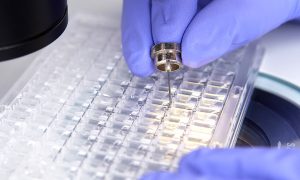
While global research on coronaviruses has shed light on the function of many SARS-CoV-2 proteins, the role of some crucial components remains unknown. Researchers at EMBL Grenoble will use a range of structural biology methods to try to solve some of the puzzles of the molecular mechanics of…
SCIENCE & TECHNOLOGY
2020
sciencescience-technology
15 June 2020

The emergence of previously unknown pathogens, such as the novel coronavirus SARS-CoV-2, raises many questions. To explore these questions in an international scientific forum, EMBL will host the virtual conference ‘SARS-CoV-2: Towards a New Era in Infection Research’ on 3 July. Invited…
EMBL ANNOUNCEMENTS
2020
embl-announcementsevents
27 May 2020
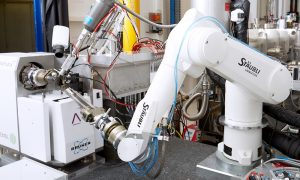
EMBL and the European Synchrotron Radiation Facility (ESRF) restart the activities of the Joint Structural Biology Group in Grenoble to support coronavirus-related projects. A new initiative will allow users to be granted access to the High-Throughput Crystallisation (HTX) lab at EMBL and to a…
CONNECTIONS
5 May 2020
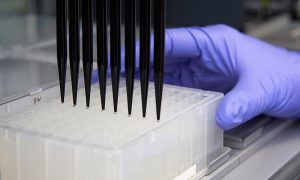
By re-opening the High-Throughput Crystallisation (HTX) lab at EMBL Grenoble, EMBL is supporting structural biology projects to respond to the health threats posed by coronaviruses.
SCIENCE & TECHNOLOGY
2020
sciencescience-technology
30 April 2020

The Marquez Team has restarted operations at the High-Throughput Crystallisation (HTX) lab at EMBL Grenoble. The team has developed a fully automated protein-to-structure pipeline, which can be operated remotely and provides virtual access to the facilities.
SCIENCE & TECHNOLOGY
2020
sciencescience-technology
29 April 2020
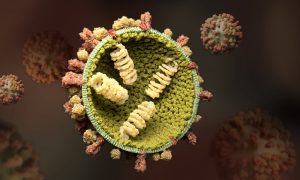
The infectious disease commonly known as flu is caused by the influenza virus. It spreads around the world in seasonal outbreaks, causing millions of infections and hundreds of thousands of deaths each year. Stephen Cusack, Head of EMBL Grenoble, has been studying different aspects of the influenza…
SCIENCE & TECHNOLOGY
2020
sciencescience-technology
28 April 2020
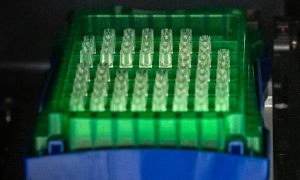
Scientists at EMBL Hamburg and Karolinska Institutet Stockholm aim to find synthetic antibodies – known as nanobodies – that bind a surface protein of the novel SARS-CoV-2 coronavirus. Nanobodies could prevent the virus from entering human cells and causing COVID-19.
SCIENCE & TECHNOLOGY
2020
sciencescience-technology
22 July 2019
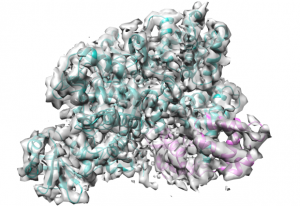
SidJ enforces a unique modification on human proteins and helps legionella grow.
SCIENCE & TECHNOLOGY
2019
sciencescience-technology
22 November 2017
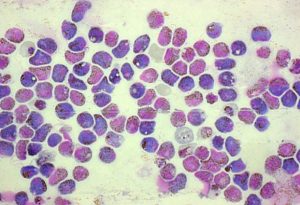
Insights into the reproduction of Plasmodium parasites in mosquitoes reveal rapid and broad activity
SCIENCE & TECHNOLOGY
2017
sciencescience-technology
11 April 2017
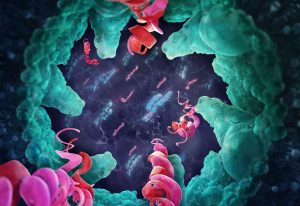
EMBL scientists add crucial knowledge to understanding of the bacterium that causes tuberculosis
SCIENCE & TECHNOLOGY
2017
sciencescience-technology
6 March 2017
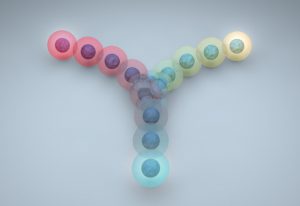
Reconstructing T-cell development in high resolution
SCIENCE & TECHNOLOGY
2017
sciencescience-technology
23 November 2016
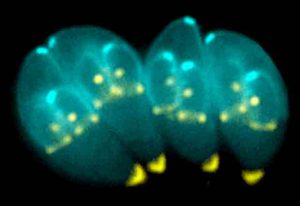
Parasite’s method of rewiring our immune response leads to novel tool for drug tests
SCIENCE & TECHNOLOGY
2016
sciencescience-technology
24 March 2016
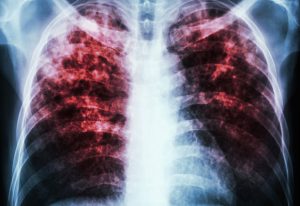
How an EMBL team is making and sharing tools to explore tuberculosis protein structures
SCIENCE & TECHNOLOGY
2016
sciencescience-technology
3 March 2016
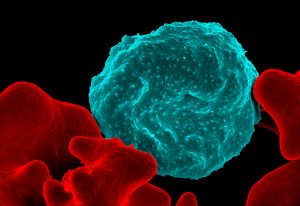
First detailed atlas of start points for genes expression in malaria-causing parasite
SCIENCE & TECHNOLOGY
2016
sciencescience-technology
1 October 2009
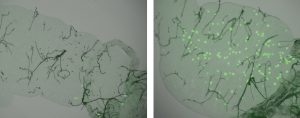
For many years, the mosquitoes that transmit malaria to humans were seen as public enemies, and campaigns to eradicate the disease focused on eliminating the mosquitoes. But, as a study published today in Science shows, the mosquitoes can also be our allies in the fight against this common foe,…
SCIENCE & TECHNOLOGY
2009
sciencescience-technology
5 April 2006
Today the network of excellence for Biology and Pathology of the Malaria Parasite (BioMalPar), will bring together the world’s elite in the field of Malaria research at the European Molecular Biology Laboratory (EMBL) in Heidelberg. At the second annual BioMalPar conference, organised jointly…
CONNECTIONS
21 December 2005
Researchers at the International Centre for Genetic Engineering and Biotechnology (ICGEB) in India and a unit of the European Molecular Biology Laboratory (EMBL) in France have made a key discovery about a molecule that helps the malaria parasite infect human cells. India is one of the countries…
SCIENCE & TECHNOLOGY
2005
sciencescience-technology
No results found



















































